In the world of transportation, particularly within the trucking and logistics industry, clarity regarding the classifications of trailers is crucial. One question that often arises is: Is a fifth wheel by law a semi-trailer? This article delves into the legal definitions, technical specifications, and significant distinctions between various types of trailers, with a particular focus on fifth wheel configurations.
Defining Key Terms
What is a Fifth Wheel?
A fifth wheel is a specific type of coupling mechanism used primarily for connecting a truck (usually a semi-truck) to a trailer. The fifth wheel hitch is mounted on the truck chassis and provides a pivot point for the trailer, allowing for enhanced maneuverability and stability.
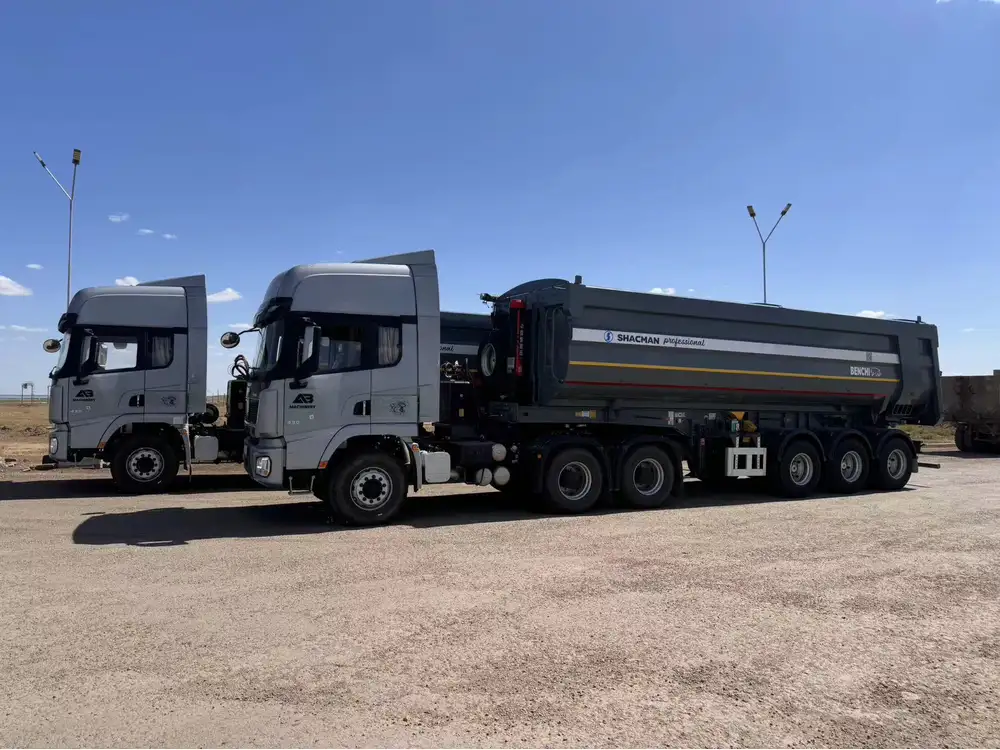
What is a Semi-Trailer?
A semi-trailer is a non-motorized trailer designed to be towed by a truck or tractor. A key characteristic of a semi-trailer is that it lacks a front axle, relying on the truck to support a significant portion of its weight. The design of a semi-trailer allows for easy loading and unloading of cargo.
Legal Definitions
Laws regarding vehicle classifications can vary significantly by jurisdiction. Hence, it’s crucial to look at common legal interpretations to grasp whether a fifth-wheel setup qualifies as a semi-trailer under the law.
| Term | Definition |
|---|---|
| Fifth Wheel | A coupling system where a trailer attaches to a truck using a plate situated above the rear axle. |
| Semi-Trailer | A trailer designed to be towed by a tractor or truck, usually with its weight distributed on the towing vehicle. |
| Tractor Unit | A motor vehicle designed specifically to tow trailers, equipped with fifth wheel hitches for semi-trailers. |
The Distinctive Features of Fifth Wheels and Semi-Trailers
When evaluating whether a fifth wheel is classified as a semi-trailer by law, it’s important to analyze both their construction and functional features. Below are key aspects that define these vehicles:
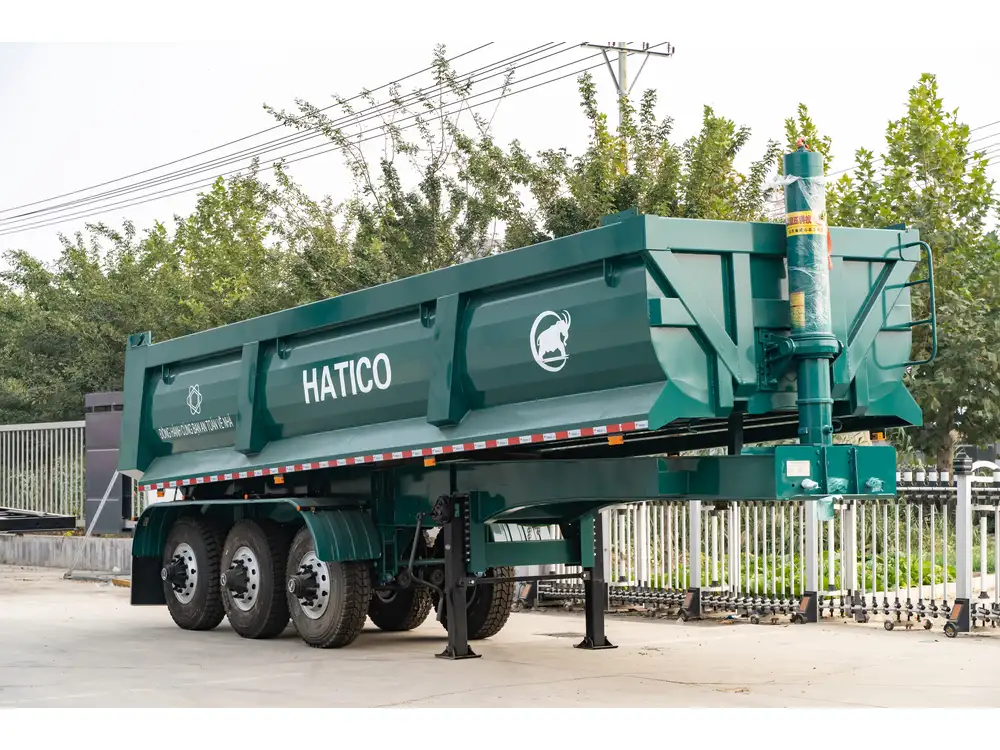
Construction
Coupling Mechanism:
- Fifth Wheel: Designed for quick attachment and detachment. A fifth wheel hitch allows for easier alignment and stability for larger trailers.
- Semi-Trailer: Generally equipped with a kingpin that locks into the fifth wheel of the towing vehicle, creating a stable connection.
Axle Configuration:
- Fifth Wheel: Can either be a part of a truck and does not dictate the number of axles on the trailer being towed.
- Semi-Trailer: Traditionally has one or more axles at the rear, which can vary based on weight distribution and cargo design.
Functionality
Maneuverability:
- Fifth wheels excel in maneuverability compared to traditional trailers, making them ideal for tight spaces or urban environments where complex navigation is required.
Weight Distribution:
- Semi-trailers are designed to leverage the weight of the cargo over the truck rear axles, which enhances braking performance and stability during transport.
Legal Framework
The legal classification of fifth wheels and semi-trailers can depend on various factors including:
- Registration: Different regions may have specific requirements about how trailers are registered and classified.
- Weight Limits: Compliance with local weight limits can affect how a fifth wheel is categorized.
- Commercial Use: In many jurisdictions, if a vehicle is used for commercial freight purposes, it typically must comply with more stringent regulations.
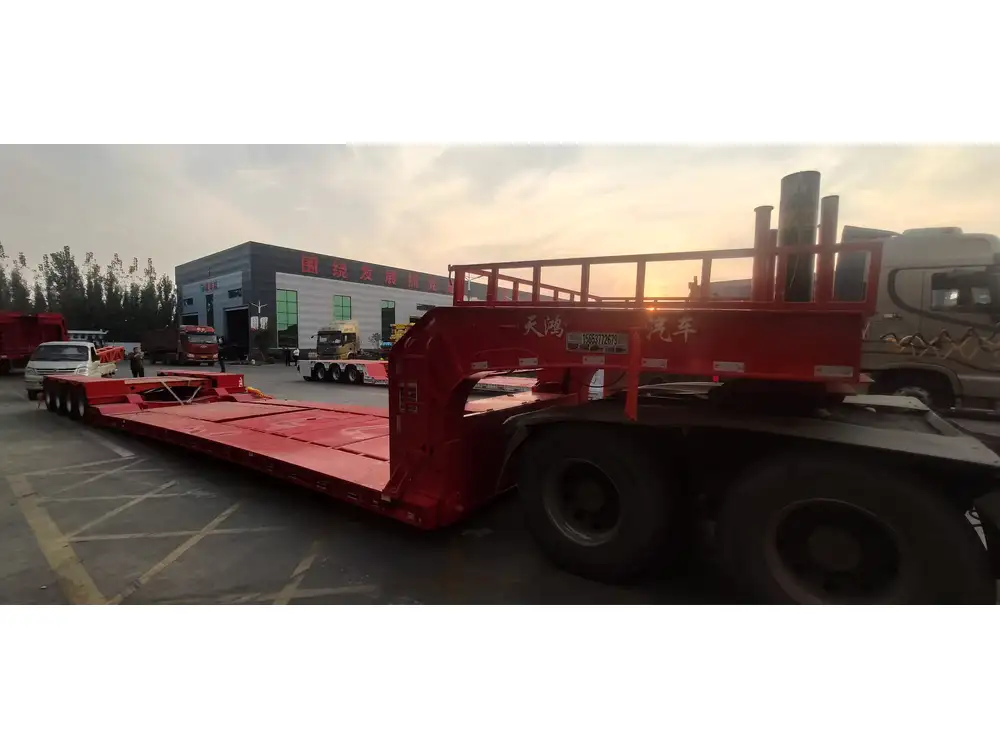
Legal Standpoint: Is a Fifth Wheel a Semi-Trailer?
To provide a conclusive answer to whether a fifth wheel by law qualifies as a semi-trailer, one must consider both the subjective interpretations of the law and the objective specifications of the vehicles. Generally speaking:
Legal Definitions: Under many transport laws, a fifth wheel is a coupling mechanism, whereas a semi-trailer refers predominantly to the trailer itself.
Regulatory Context: The fifth wheel mechanism itself does not constitute a semi-trailer; rather, it allows the towing of a semi-trailer.
Variability by State and Region: Due to the differing legal jurisdictions, interpretations may vary, meaning legal professionals should be consulted for specific cases or inquiries.
Various Types of Trailers and Their Uses
In exploring the nuances of trailer classifications, it’s also enriching to touch upon the assorted types of trailers utilized in transportation, parting ways with just the conventional fifth wheel and semi-trailer.
| Type of Trailer | Description | Primary Use |
|---|---|---|
| Flatbed Trailer | A trailer with a flat platform, ideal for transporting large and heavy items without enclosed sides. | Construction materials, machinery. |
| Enclosed Trailer | A fully enclosed trailer that protects cargo from weather and theft. | Moving, recreational vehicles, equipment. |
| Reefer Trailer | A refrigerated trailer that maintains a low temperature for perishable goods. | Food and pharmaceutical transport. |
| Tank Trailer | A trailer designed for transporting liquids, typically bulk products like gasoline or chemicals. | Fuel transportation, liquid chemicals. |
The Importance of Compliance
Understanding whether a fifth wheel is categorized legally as a semi-trailer is more than an academic exercise. Compliance with regulations is paramount in the trucking industry to avoid penalties and ensure safety on the roads.
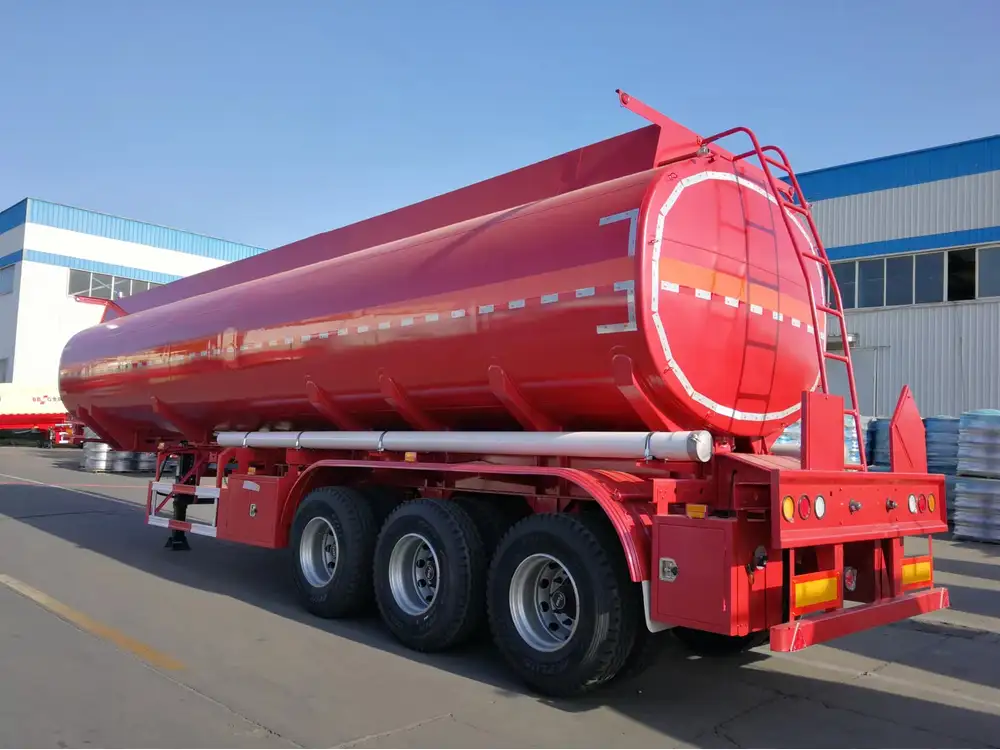
Common Compliance Considerations
- Licensing Requirements: Different trailers may require varying levels of driver licensing (e.g., CDL endorsements).
- Weight Limits: Legally enforceable weight limits must be adhered to avoid fines or damages during transport.
- Safety Inspections: Regular checks are required to maintain safety and operational integrity—a fundamental aspect of both fifth wheels and semi-trailer operations.
Operational Advantages of Fifth Wheels and Semi-Trailers
Utilizing fifth wheels for semi-trailers offers several operational benefits that businesses in the logistics space must consider:
- Load Configuration: Fifth wheels permit higher payload limits due to their innovative design, maximizing delivery efficiency.
- Enhanced Maneuverability: The unique pivoting capability of fifth wheels grants operators exceptional control in confined spaces.
- Versatile Road Compatibility: Various types of cargo can be transported efficiently, depending on the design of the attached semi-trailer.
Conclusion: Navigating the Complexities of Fifth Wheels and Legal Designations
The distinctions between fifth wheels and semi-trailers extend beyond technical specifications; they encompass a plethora of regulatory, operational, and practical considerations that determine their classification. While a fifth wheel is fundamentally a coupling mechanism, it facilitates the use of a semi-trailer, which plays a crucial role in freight transport.
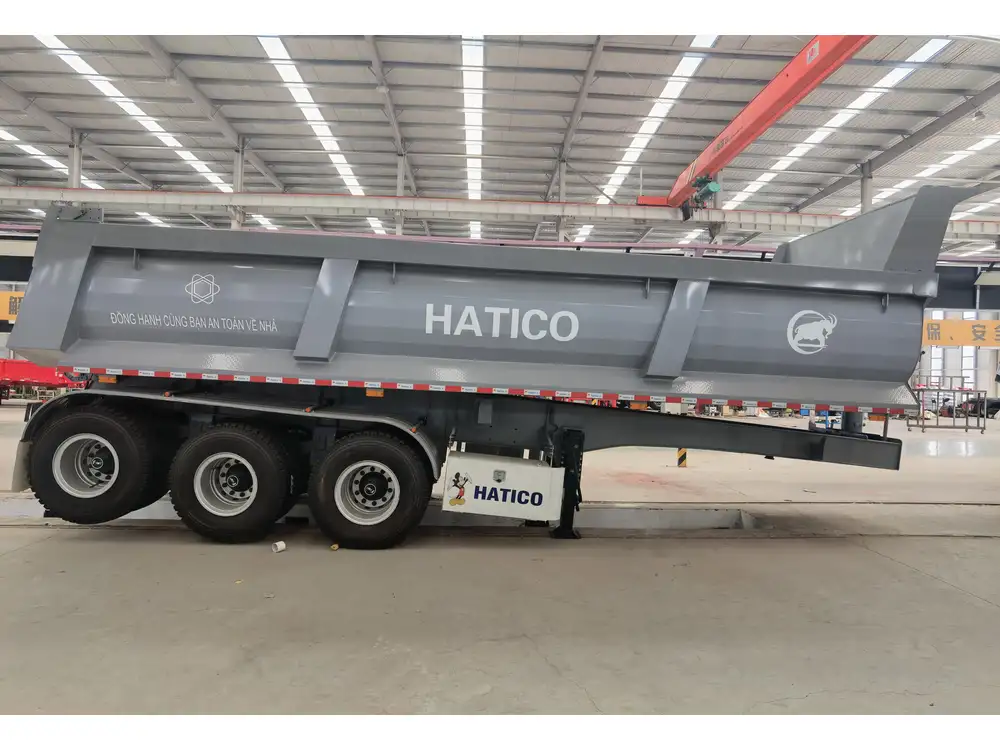
Key Takeaways:
- While a fifth wheel does not classify as a semi-trailer, it allows for the towing of a semi-trailer.
- Understanding local laws and regulations is fundamental for correct vehicle classification and compliance.
- High maneuverability and payload capacities can result in better operational performance in trucking scenarios.
For those involved in the logistics and transportation industry, grasping these nuanced classifications is essential for progress, legal compliance, and effective operational management. Equip yourself with knowledge and remain agile in an ever-evolving landscape.



